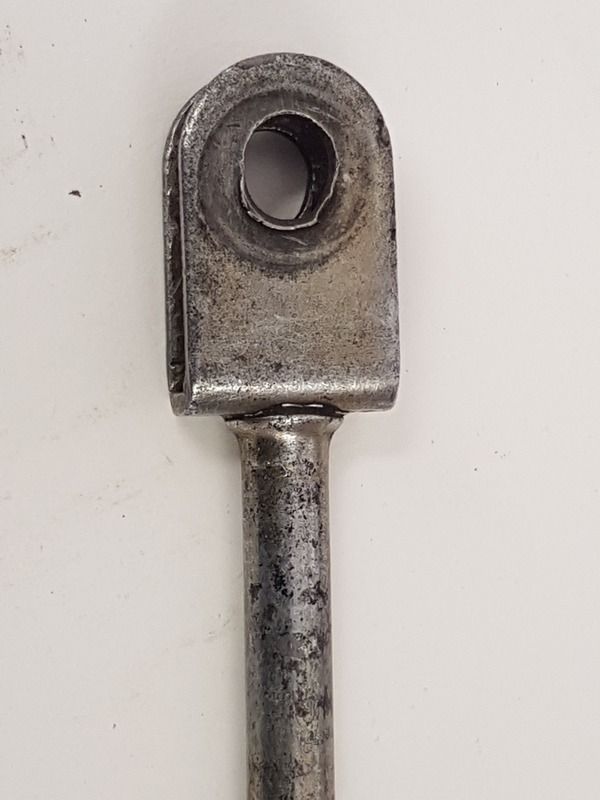Galileo wrote: ↑Thu Feb 22, 2018 9:33 pm
Displacement at both ends is dependent on the travel of the master cylinder and slave cylinder pistons, ending up at movement at the end of the slave pushrod. The starting position of the pistons are both in a fully homed position at the extent of their respective barrels, if there is lost motion due to an elongated pivot pin, at either the m/c or the slave end then the clutch arm does not move as fully forward as without that lost motion. This is because if it is at the m/c end then a smaller amount of fluid has been displaced that is equal to the lost motion in the pivot point, and with the slave then it needs to move the distance of the elongation before it starts to move the arm.
There is a misconception that hydraulic clutches automatically take up wear in the driven plate, they do not, it is the alternative cable not stretching that they remove. Think about brakes, there is an cam adjuster on the rears to to take up the wear, and front calipers 'float' off the disc so do not fully return home, the hydraulics are not taking up the slack in the case of the rears and only do so at the front because there is no spring to return the caliper piston to it's fully home position.
Sorry if I'm putting this over poorly, which I strongly suspect I am, I need to whiteboard it really.
This is getting rather too theoretical for me. I don't think a whiteboard can help that

My understanding of how they hydraulics work is a consequence of having to sort non-functioning,
or at least not properly working hydraulics. I have owned Triumph 2000s

after all.
I for one am not under any misconception about clutch wear, I am aware that the "bite" point changes over time.
With regards to the brakes, putting in a mechanical wear compensator means that the pedal won't (or at least shouldn't)
develop long travel.
To go back to an earlier point you made, I disagree about all Triumphs having a "bite" point very close to the floor.
The only one where this is unavoidable is an early 1850 (6 bolt flywheel) using an 1850HL, Sprint or indeed a Saab clutch cover.
This is because of design of the actuating arm being for a specific flywheel/clutch cover height, but said arm could be modified I guess?
(Early 1850s have a thin flywheel allied to a deep cover
whereas 1850HLs have a thicker flywheel allied to a shallower cover.)
On a Sprint or a 2000/2500 it is possible to have correctly functioning clutch hydraulics but have clutch clearance problems nevertheless,
said problems being a result of wear or failure amongst the cross shaft and fork components (tapered bolt, slipper pads, bearings, etc)
but that is a separate discussion in its own right

Thanks
Ian.


